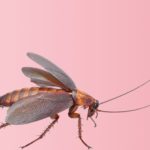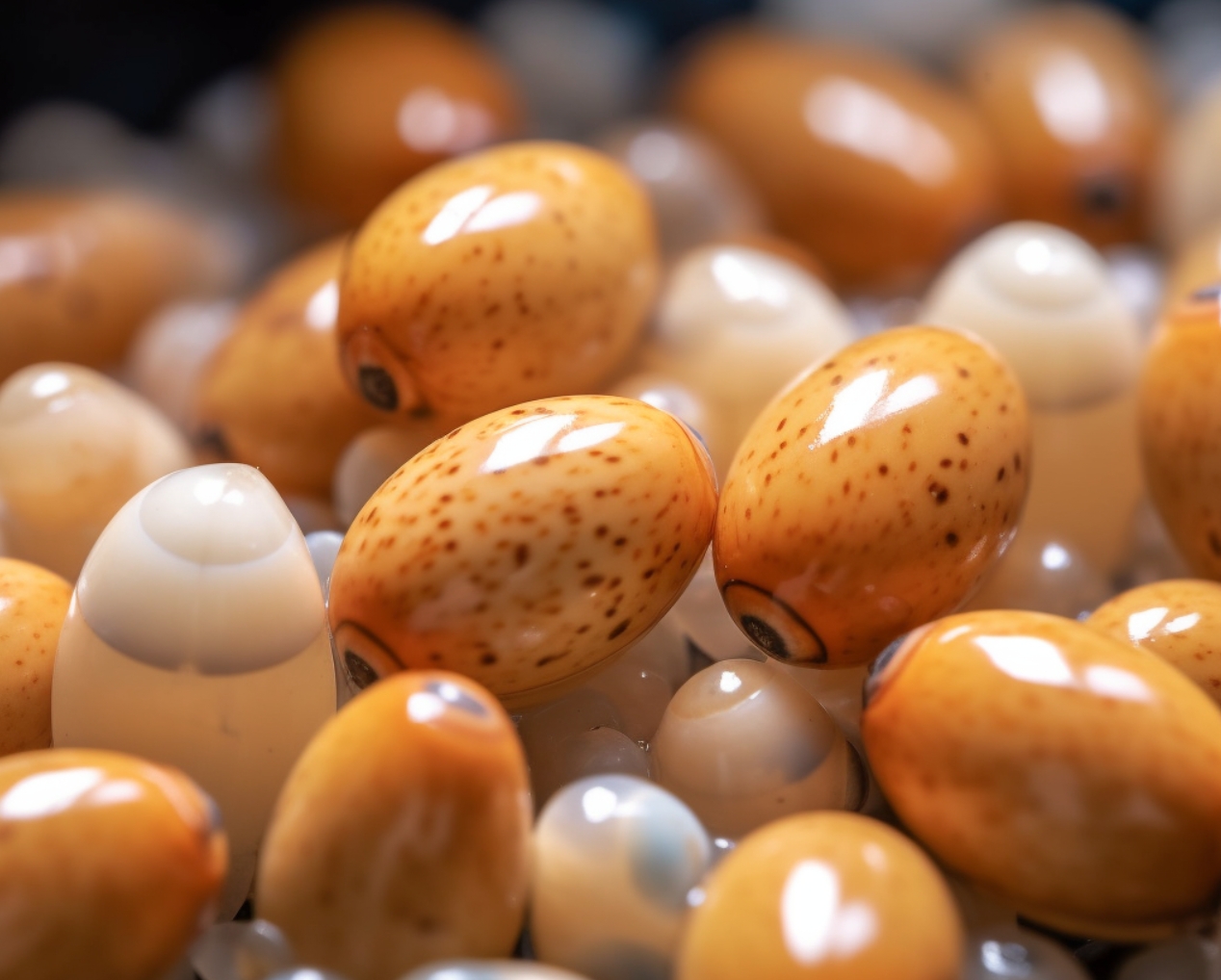Dealing with a cockroach infestation is no easy task. These pesky creatures can be extremely resilient and difficult to eliminate. However, one powerful weapon in your pest control arsenal is CimeXa Insecticide Dust. In this comprehensive guide, we’ll provide you with a step-by-step approach to getting the most from CimeXa Insecticide Dust, ensuring that your home becomes and remains cockroach-free.
Understanding Cockroach Infestations
Contents
Cockroaches are incredibly adaptable insects that can survive in a wide range of environments. They are known to carry various diseases, making them a significant threat to human health. Common types of cockroaches include the American Cockroach, Asian Cockroach, and Australian Cockroach. To effectively combat these pests, it’s essential to understand their behavior, nesting habits, and reproductive cycles.
Cockroach Nesting Habits
Cockroaches typically nest in dark, warm, and moist areas. They can often be found in kitchens, bathrooms, basements, and other hidden spaces around the home. To locate and eliminate their nests, refer to this helpful guide on where do roaches nest.
Cockroach Reproduction
Cockroaches reproduce quickly, laying egg cases called oothecae that contain multiple eggs. Identifying and destroying these egg cases is crucial in stopping the infestation from spreading. Learn more about cockroach eggs and what to do with them.
Using CimeXa Insecticide Dust Effectively
CimeXa Insecticide Dust is a powerful tool for combating cockroach infestations. By following these steps, you can ensure you’re using it to its full potential:
- Identify Problem Areas: Locate the areas where cockroaches are most active, such as their nests, hiding spots, and pathways.
- Prepare the Area: Clean and remove any debris, grease, or dirt from the area to ensure the dust adheres to the surfaces effectively.
- Apply CimeXa Insecticide Dust: Using a duster or a brush, apply a thin layer of the dust to the infested areas. Be sure to wear protective gloves and a mask while applying the dust.
- Monitor and Reapply: Check the treated areas regularly for signs of continued cockroach activity. Reapply the dust as needed to maintain its effectiveness.
- Combine with Other Pest Control Methods: CimeXa Insecticide Dust works best when used in conjunction with other pest control methods, such as baits, traps, and sprays. Consider using Advion Cockroach Gel Bait or roach spray for added protection.
Home Remedies and Other Pest Control Options
While CimeXa Insecticide Dust is highly effective, it’s essential to explore other options to keep your home cockroach-free. Below are some additional methods and home remedies to consider:
- Borax: A popular and effective solution for eliminating cockroaches. Learn how to use borax for roaches in your home.
- Boric Acid and Peanut Butter Bait: This homemade bait can be an effective way to attract and eliminate roaches. Find out how to make boric acid and peanut butter bait for roaches.
- Roach Bombs: Also known as foggers, roach bombs release a pesticide fog that can penetrate hidden areas where roaches may be hiding. Learn more about using roach bombs in your home.
- Home Remedies: There are numerous natural remedies that can help you control a cockroach infestation. Discover some effective home remedies for roaches.
- Professional Pest Control: If your infestation persists or worsens, it’s essential to seek help from a professional pest control service. They have the expertise and equipment to handle even the most stubborn infestations.
Identifying and Dealing with Different Cockroach Species
Not all cockroach species are the same, and some may require different treatment methods. Familiarize yourself with the various species and their characteristics:
- Brown-Banded Cockroach: Learn how to identify and control the brown-banded cockroach, which is known for its preference for warm, dry areas.
- German Cockroach: The baby German cockroach is a common household pest that can quickly multiply if not dealt with properly.
- Palmetto Bugs: Also known as the Florida Woods Cockroach, palmetto bugs can be a nuisance in warm, humid regions. Learn how to get rid of palmetto bugs in your home.
Preventing Future Infestations
Once you’ve eliminated your cockroach infestation, it’s crucial to take steps to prevent future infestations. Implement the following preventative measures:
- Seal Entry Points: Check your home for cracks, gaps, and other entry points where cockroaches might enter. Seal these openings using caulk or other materials.
- Keep Your Home Clean: Maintain a clean and clutter-free environment by regularly vacuuming, sweeping, and wiping surfaces. Pay special attention to the kitchen, as food debris can attract cockroaches.
- Eliminate Moisture: Fix any water leaks and ensure proper ventilation to reduce humidity levels, making your home less attractive to cockroaches.
- Store Food Properly: Keep food in sealed containers and avoid leaving dirty dishes out overnight.
- Regular Inspections: Routinely inspect your home for signs of cockroach activity, such as droppings, egg cases, or live insects.
Conclusion
By following this comprehensive guide on getting the most from CimeXa Insecticide Dust, you’ll be well-equipped to tackle and prevent cockroach infestations in your home. Remember to combine CimeXa with other pest control methods and maintain a clean and well-sealed environment to keep these pesky insects at bay.
Frequently Asked Questions (FAQ)
Q: Is CimeXa Insecticide Dust safe for use around pets and children?
A: When used as directed, CimeXa Insecticide Dust is generally considered safe for use around pets and children. However, it’s important to keep the product out of reach of children and pets, and ensure that they do not come into direct contact with the treated areas until the dust has settled.
Q: How long does CimeXa Insecticide Dust remain effective?
A: CimeXa Insecticide Dust can remain effective for up to 10 years when applied in undisturbed areas with low moisture. However, it’s essential to monitor treated areas regularly and reapply the dust as needed to maintain its effectiveness.
Q: Can CimeXa Insecticide Dust be used to treat other pests besides cockroaches?
A: Yes, CimeXa Insecticide Dust is effective against various crawling insects, including ants, silverfish, bed bugs, and more. Be sure to follow the product label instructions for each specific pest.
Q: Do I need any special equipment to apply CimeXa Insecticide Dust?
A: While a simple brush can be used to apply CimeXa Insecticide Dust, it’s recommended to use a hand-held duster for more precise and even application. Additionally, always wear protective gloves and a mask when applying the dust to protect yourself from inhalation or contact with the skin.
Q: Can I use CimeXa Insecticide Dust outdoors?
A: CimeXa Insecticide Dust is primarily designed for indoor use. However, it can be used in limited outdoor applications, such as in wall voids, crawl spaces, or other protected areas where the dust will not be exposed to excessive moisture or weather conditions.
Q: How soon can I expect to see results after applying CimeXa Insecticide Dust?
A: CimeXa Insecticide Dust can begin to work within a few hours of contact, causing insects to dehydrate and die. However, it may take several days or even weeks to see a significant reduction in the pest population, depending on the severity of the infestation and the effectiveness of your overall pest control strategy.


